Exploring the Different Types of Website Designs and Their Functionality
- kevin herring

- Jul 10, 2024
- 3 min read

In today's digital age, having a compelling and functional website is crucial for businesses, organizations, and personal brands. A well-designed website not only enhances user experience but also plays a pivotal role in search engine optimization (SEO).
In this blog, we will explore various types of website designs, their functionality, and how they can benefit your online presence.
1. Static Website Design
What is a Static Website?
A static website is the simplest form of a website. It consists of fixed content and is coded in HTML and CSS. Each page is a separate HTML file and displays the same information to every visitor.
Functionality and Benefits:
Speed and Performance: Static websites load faster because they do not rely on databases or server-side scripting.
Security: With no backend server-side scripting, static sites are less vulnerable to hacking.
Cost-Effective: They are cheaper to host and maintain.
SEO Benefits: Faster load times improve SEO rankings.
Ideal For:
Small businesses, portfolios, and informational websites that do not require frequent updates.
2. Dynamic Website Design
What is a Dynamic Website?
A dynamic website generates content on the fly, typically using server-side scripting languages like PHP, ASP.NET, or Node.js. These websites often pull content from a database.
Functionality and Benefits:
Interactivity: Dynamic websites offer a more interactive user experience.
Content Management: Easy to update and manage content through Content Management Systems (CMS) like WordPress, Joomla, or Drupal.
Customization: Content can be tailored based on user preferences and interactions.
Scalability: Can handle large amounts of data and high traffic.
Ideal For:
Blogs, e-commerce sites, social networks, and any site requiring frequent content updates.
3. Responsive Website Design
What is a Responsive Website?
Responsive websites are designed to provide an optimal viewing experience across a wide range of devices, from desktops to mobile phones. They use fluid grids, flexible images, and CSS media queries.
Functionality and Benefits:

Mobile-Friendly: Ensures that the website is usable on any device, enhancing user experience.
SEO Benefits: Google prioritizes mobile-friendly websites in search results.
Cost-Effective: Eliminates the need for a separate mobile site.
Future-Proof: Adapts to new devices and screen sizes.
Ideal For:
All websites, especially those targeting a diverse audience use various devices.
4. Single Page Website Design
What is a Single Page Website?
A single-page website (or one-page website) is a long-scrolling website where all the content is presented on a single page. Navigation links scroll down or up the page to specific sections rather than loading new pages.
Functionality and Benefits:
User Experience: Simplifies navigation, keeping users engaged.
Storytelling: Ideal for presenting information in a linear, narrative fashion.
Speed: Faster loading times since all content is on one page.
SEO: Easier to manage SEO as there is only one page to optimize.
Ideal For:
Portfolios, small businesses, product showcases, and landing pages.
5. eCommerce Website Design
What is an eCommerce Website?
An eCommerce website allows users to buy products or services online. These websites integrate shopping carts, payment gateways, and product catalogues.
Functionality and Benefits:
User Convenience: Provides a seamless shopping experience with features like product search, filters, and customer reviews.
Scalability: Can grow with your business, adding more products and categories.
SEO-Friendly: Optimizable product pages, descriptions, and images enhance visibility.
Security: Requires robust security measures to protect customer data and transactions.
Ideal For:
Retailers, small businesses, and anyone looking to sell products or services online.
6. Portfolio Website Design
What is a Portfolio Website?
A portfolio website showcases an individual’s or a company’s work. It’s a visual resume that highlights projects, skills, and achievements.
Functionality and Benefits:
Visual Appeal: Focuses on high-quality visuals and creative layouts to attract potential clients.
User Engagement: Interactive galleries and case studies engage visitors.
SEO Benefits: Well-optimized images and content can drive organic traffic.
Brand Building: Establishes a strong online presence and credibility.
Ideal For:
Artists, designers, photographers, writers, and freelancers.
Conclusion
Choosing the right type of website design depends on your specific needs and goals. Whether you need a simple static site, a dynamic and interactive platform, a mobile-friendly responsive design, a single-page layout, an eCommerce solution, or a visually compelling portfolio, understanding the functionality and benefits of each can help you make an informed decision.
For those in Essex looking for top-tier web design services, www.icanwebdesign.co.uk stands out as the best choice. They excel in creating responsive web designs that ensure your site looks great and functions flawlessly on any device. Their SEO mastery helps boost your search engine rankings, driving more organic traffic and improving your online visibility. Additionally, their unique offering of business music soundtracks adds an extra layer of engagement and professionalism to your website.
With a commitment to quality and innovation, ICan Web Design is the perfect partner to help you achieve your digital goals.


Comments